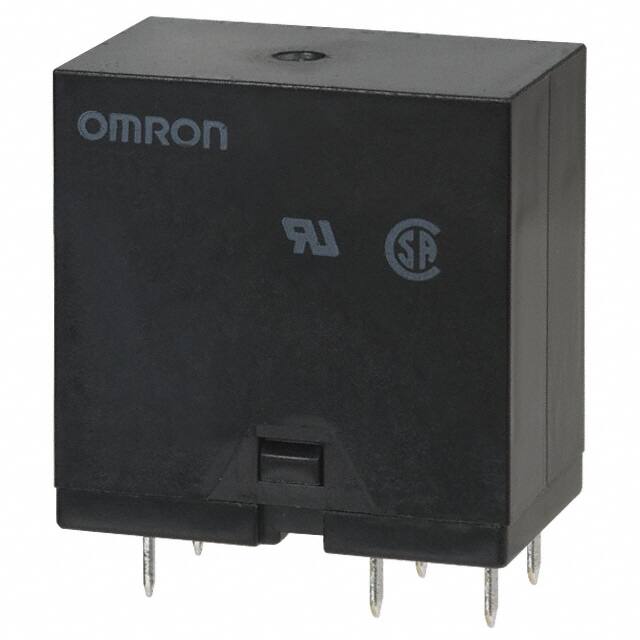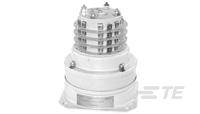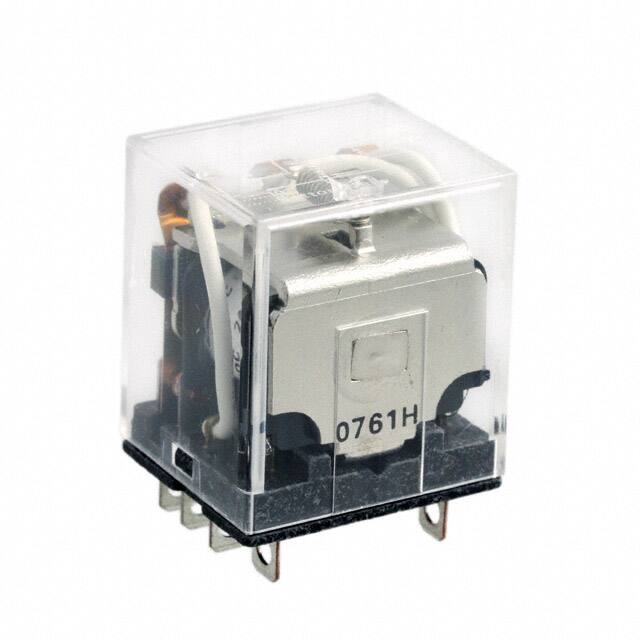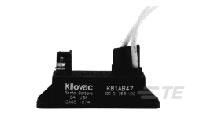Relays definition
Utmel Electronics, one of the best electronic components distributors, stocks a large choice of electronics relays for a wide variety of applications. Within our range, you will find electrical relay products such as drake relays, solid state relays, pen relays, idec relays, voltage sensitive relays, texas relays, 12 volt time relays, interposing relays, automotive relays, rib relays, 5v relays, 24vac relays, zwave relays, teledyne relays, radiator fan relays, z wave relays, mt sac relays, pump start relays, latching and non-latching relays, interface relays and reed relays.
Electronics Relays Definition
Relay is a type of switch that is operated electronically to turn on or off current within an electric circuit. Relays operate similar to a typical light switch, where power is switched on and off when the switch lever is moved, the main difference is that a relay can be operated by an electrical circuit rather than manually pressed. Relays have many different uses and are often utilized in situations where isolation is necessary or when a circuit needs to be controlled with a low-power signal.
How Do Relays Work
Regardless of whether they are electromechanical or electronic relays, or whether they are meant to switch signal or high-power loads, all relays have the same subsystems and operating principles. On the main side, relays transform an electrical input signal into an intermediate and non-electric physical signal. The non-electric physical signal is also converted to operate a switching element (secondary side) such as contacts, which switch and carry electrical current (i.e., output, load current). To create the necessary galvanic isolation between the input and output circuits, relays employ a non-electric signal between the primary and secondary sides. Because high current capacity switches cost more than lesser current capacity switches, relays allow a single output to activate numerous circuits and functions, which helps save money.
On some inputs, relays can also execute logic operations, such as latching an output on and off from a transient input. When a switch can't handle a lot of current or is controlled by an electronic circuit, switch circuits can be used to control relay. One of the characteristics that restricts inrush current is arcing paired with contact bouncing. When you need to address inrush currents that can be exceptionally high, you require a high inrush relay. Care must be taken throughout the design and testing phase of an application so that the peak inrush current does not exceed relay specification.
Types of Relays
There are also specialized relay types that are used for very high power applications, these are referred to as contactors.
Electromechanical Relay (EMR)
An electromechanical relay uses a physical moving arm, triggered by a voltage applied to relay coil, this arm connects contacts within the output component of relay. The movement of the arm allows an electrical circuit to be completed, allowing current to flow to the connected equipment. The physical components within relays commonly make a click sound, which can be used as an audible operation indicator.
Solid State Relay (SSR)
Solid state relays provide a similar function to an EMR but these do not contain any moving components, increasing long-term reliability. SSR's feature semiconductor switching elements, typically thyristors, triacs and diodes that transmits and energises the output signal. When activated, the input signal acts like a switch that allows a high-voltage signal to pass through the SSRs output components.
Signal Relays
A signal relay is made up of a secondary molded coil that offers excellent insulation between the coil and the contact. Because signal relays are used to switch current, they often feature a c-contact construction. These may be used with both reflow and surface mount devices. Due to their gold-plated contacts and bifurcated crossbar architectures, our signal relays will be utilized for load switching under 2A and provide contact reliability, even for a modest signal load. Machine tools, molding machines, welding machines, mounters, security devices, gaming machines, and testing and measurement equipment are all examples of industrial devices that use signal relays.
Automotive Relays
Automotive relays are designed to withstand DC voltages in passenger comfort and entertainment systems, as well as high power levels under extreme conditions. Almost all harnesses and box-modules in a vehicle, including passenger and engine areas, the back and front regions, body control, powertrain, and seat, roof, door, and fan modules, require automotive relays. Meanwhile, Automotive relays can be used in cars, trucks, buses, commercial, construction, and off-road vehicles to provide vital switching operations. Good examples of Automotive relays are PCB relays, Automotive contactors, Plug-in relays, high-voltage relays and high-current relays.
DC Power Relays
Power relays use an electromagnetic coil to open or close a circuit, allowing for continuous power delivery. These low-cost relays generally are made up of an armature, a spring, and one or more contacts. When electricity is given to a relay that is supposed to be normally open (NO), the magnetic attracts the armature. It is dragged in the direction of the coil until it hits a contact, closing the circuit. If relay is supposed to be normally closed (NC), the electromagnetic coil pushes the armature away from the contact, causing the circuit to open. The majority of power relays is monostable (non-latching) relays with a single stable position and a neutral coil arrangement. These will remain in a non-energized condition without receiving any energy.
MOS FET Relays
Semiconductor relays with MOS FET outputs are known as MOSFET relays. Non-contact relay is utilized in a broad range of applications, including semiconductor test equipment, measurement instruments, and security equipment, and are primarily employed for switching and linking signals.
Guide on Buying Electrical Relays
Top 10 Electric Relays Manufactures
Top 10 Electronics Relays manufactures are available in the marketplace, including Sensata Technologies - Crydom, Omron Automation & Safety Services, Finder Relays,Inc., TE Connectivity, Panasonic, Phoenix Contact, Carlo Gavazzi, Omron Electronics Components, IXYS Integrated Circuits Division/Littelfuse and Weidmuller.




















